 | |  |  | |  |  |
| 2 World Objects - Updated 11th Oct, 2010 |
A detailed overview and explantion of each object you will find in the game. | | |
|
| 2.1.1 Star |
A constantly burning gaseous ball of hydrogen, helium and other base elements. A star provides light necessary for Solar Generators, and it is also a significant space hazard for FTL flights. |  | Notes: - Many pilots have reputedly lost their lives in an attempt to search for the mythical element Soldanium. It is commonly believed that it is possible to extract this element, if only a vessel were able to get close enough to the star's surface.
|
|
| 2.1.2 Asteroid |
A large rock that floats around space. They are very hazardous to ships in FTL, and even ships running at sub-light speeds have to be wary when navigating around these obstacles. | 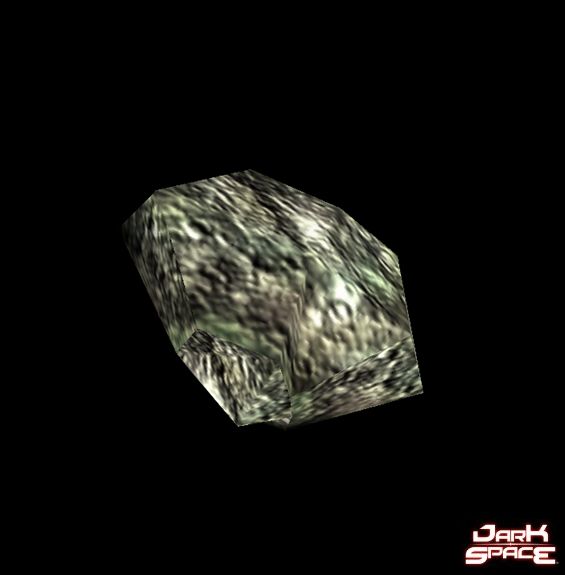 | | Notes:- Asteroids provide a very high yield of Resources when mined.
|
|
| 2.1.3 Asteroid Colony |
Some sentient species occasionally decide to make an asteroid their home, hollowing it out and living within. These colonies are rare, and are typically constructed by Pirates or Free Traders. | 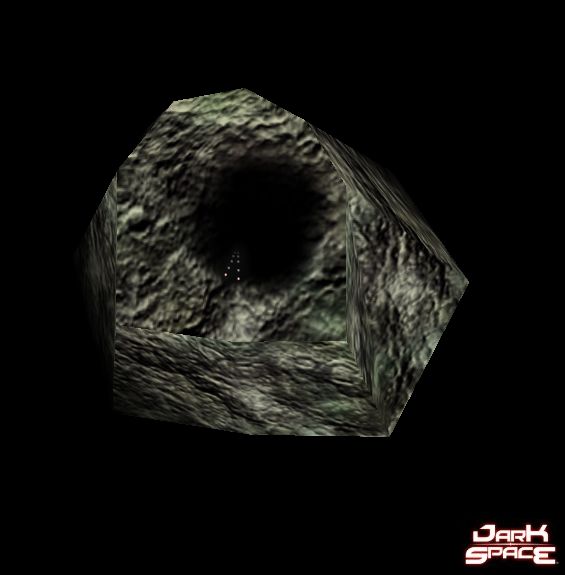 | | Notes: - Asteroid Colonies often function as Shipyards for the Independent or Pirate factions.
|
|
| 2.1.4 Nebulae |
Nebulae are large expanses of free-floating gas loosely held together by gravity and most notable for their brilliant colors and shapes. They also provide a natural ECM effect, helping conceal you from hostile ships. Also a natural home to the 'Gaifen' space monster. |  | | Notes: - Nebulae often provide a natural ECM effect, making it difficult to detect hazards and hostile ships.
- Also a favoured home to the 'Gaifen'.
|
|
| 2.1.5 Jumpgate |
Jumpgates are stabilized wormholes that will instantaneously transport ships from one point in the universe to another. Often used to travel distances that ordinary Tachyon/Antimatter drives are unable to handle. There are three distinct designs, one constructed by the ICC, one constructed by the UGTO, and one constructed by the K'luth. | 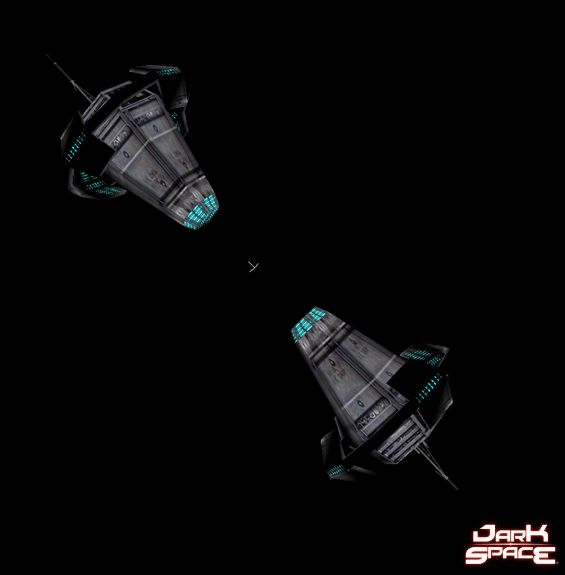 | | Notes: - Players can only spawn directly from Home Gates and Cluster Gates. Normal system gates simply function as a rapid transport network.
|
|
| 2.1.6 Wormhole |
Wormholes exist in two forms, one are naturally occurring in the galaxy, and is considered by many to be a natural Jumpgate. The second form is artificially created by wormholes generators. These are typically used to circumvent the jumpgate network, and to assist in large scale fleet movements by bypassing common navigation hazards. |  | | Notes: - When creating a wormhole, the exit point will be at a random location within 1000gu of the selected target.
- Attempting to open the exit point of a wormhole in an interdiction field will often result in failure.
|
|
| 2.2 Planets |
Planets are the most important celestial body to any aspiring starship captain. All factions aspire to capture and control planets. Planets are absolutely necessary for the construction of ships larger than frigates. This chapter contains everything you need to know regarding planet types.
| | |
|
| 2.2.1 Planetary Resources |
When viewing a specific planet, you will see a list of resources types for that planet in the planet information screen [F3]. Below you will find a list of all the resource types currently used in DarkSpace. | 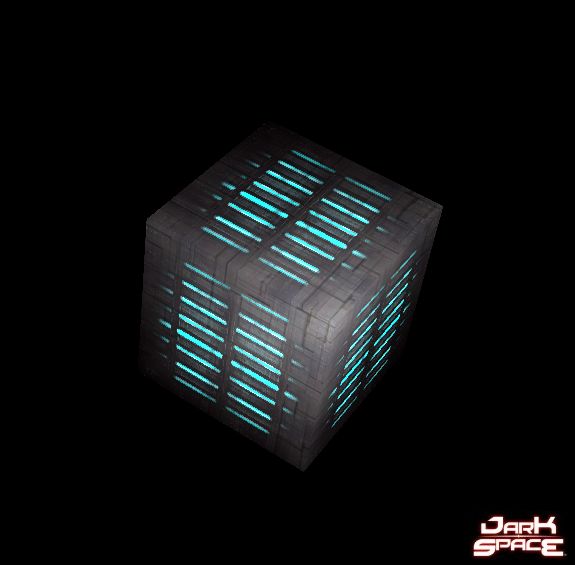 | - Hydrogen
- Oxygen
- Metals
- Heavy Metals
- Cryo Metals
- Hyper Matter
- Dark Matter
- Urdanium
| |
|
| 2.2.2 Gas |
Gas worlds typically consist of a tightly packed ball of gas. These worlds are not colonizable and are generally worthless, except to the occasional miner. |  | - Habitat: Uninhabitable
- Maximum Units: 0
| Notes: - Gas planets nearly always contain Hydrogen, which can be used to refuel a ship's jumpdrive while in orbit.
|
|
| 2.2.3 Inferno |
Inferno worlds are generally extremely hot, so hot that the planet lacks a solid crust completely. Such a planet has high volcanic activity that renders colonization impossible, still, Inferno worlds are occasionally mined by mining vessels. |  | - Habitat: Uninhabitable
- Maximum Units: 0
| Notes: - Inferno planets are often rich in minable Resources
|
|
| 2.2.4 Barren |
A lifeless, desolate planet, common galaxy. They are easily the least valuable of colonizable planets, as they are unable to retain a native population without environmental domes. Barren planets may be fought over for their strategic or their mineral resources. | 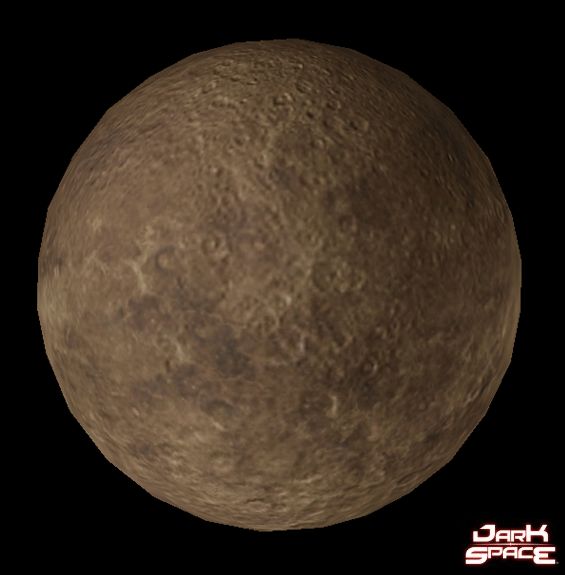 | - Habitat: 0
- Food: 0
- Maximum Resources: 100000
- Maximum Structures: 32
- Maximum Units: 32
| Notes: |
|
| 2.2.5 Ice |
A world that's mostly frozen over. Ice planets are able to naturally sustain a number of people, and produce food without artificial food farms. However, they are still considered to be not hospitable, as they are only able to support a little more than a Barren world. |  | - Habitat: 20
- Food: 40
- Maximum Resources: 100000
- Maximum Structures: 32
- Maximum Units: 32
| Notes: - Ice planets will usually have Hydrogen and Oxygen as standard resource types.
|
|
| 2.2.6 Aquatic |
Aquatic worlds are fairly temperate in temperature. However, most of the landmass of the world is covered by water. Only the handful of archipelagos are colonizable. These planets tend to be popular tourist destinations.
|  | - Habitat: 20
- Food: 60
- Maximum Resources: 150000
- Maximum Structures: 32
- Maximum Units: 32
| Notes: - Aquatic Planets rarely feature significant mineral resources, although they will always have Hydrogen and
Oxygen available.
|
|
| 2.2.7 Arid |
Arid worlds, in contrast to aquatic worlds, are almost completely devoid of water. These planets are fairly habitable, however, so long as you import the necessary food and water. | 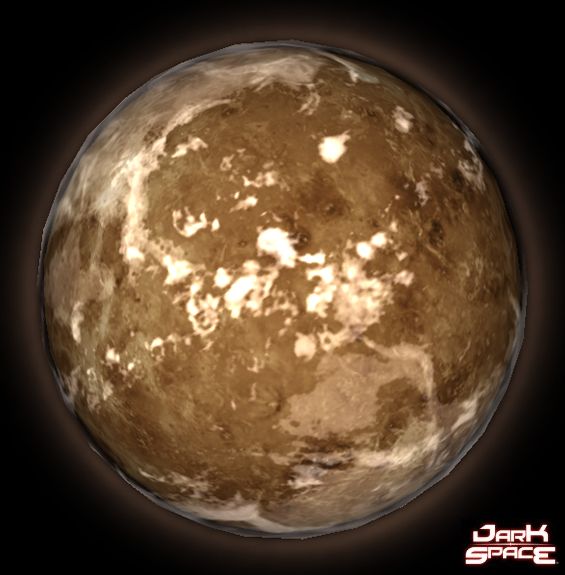 | - Habitat: 40
- Food: 10
- Maximum Resources: 200000
- Maximum Structures: 32
- Maximum Units: 32
| Notes: - If you are looking for Dune, you have the wrong universe.
|
|
| 2.2.8 Terran |
The crown jewel of the galaxy. Terran worlds are highly desirable for colonization, as they require almost no outside assistance whatsoever. | 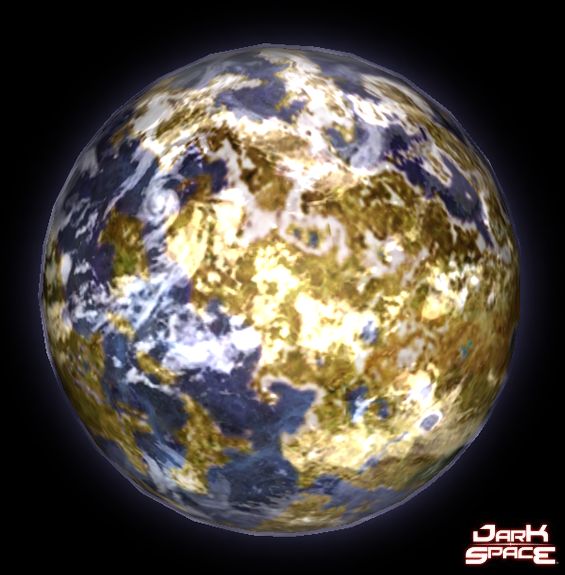 | - Habitat: 50
- Food: 50
- Maximum Resources: 300000
- Maximum Structures: 32
- Maximum Units: 32
| Notes: - These are usually excellent locations for situating Shipyards.
|
|
| 2.2.9 Home |
These planets are homeworlds to major intergalactic civilizations. They have far higher levels of population and infrastructure than normal Terran worlds. As a result, they can support a higher number of resources, population, units and structures. |  | - Habitat: 75
- Food: 75
- Maximum Resources: 500000
- Maximum Structures: 40
- Maximum Units: 40
| Notes: - There are currently only three planets that are classed as Home planets: Earth for the UGTO, Exathra for the ICC, and Sag Hothha for the K'Luth.
- A little known fact is that "Sag Hothha" literally translates to "New Home".
|
|
|
|  |  |  |
Copyright © 2000 - 2024 Palestar Inc. All rights reserved worldwide.
Terms
of use - DarkSpace is a Registered Trademark of
PALESTAR
|